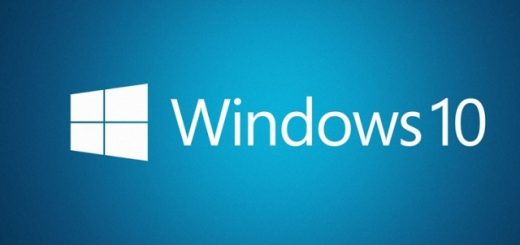How to Reinstall Windows 11 on a PC

NB: This is the ReInstall Windows article. If you are looking for our install-from-scratch procedure, check out this page.
Prerequisites
- Ensure you’ve backed up all important data.
- Make sure you have your Windows 11 product key, if applicable.
Steps
Step 1: Access Windows Recovery Options
1. Open Settings
Click on the Start menu at the bottom left corner of your screen and select the “Settings” gear icon. Alternatively, you can press WIN + I keys together to open the Settings app.
2. Navigate to Update & Security
In the Settings window, scroll down and click “Update & Security,” usually located at the bottom of the sidebar.
3. Access Recovery Options
From the “Update & Security” window, find and select “Recovery” from the sidebar on the left. This will take you to the Recovery options screen.
4. Explore Recovery Options
Here, you’ll find multiple options for recovering or troubleshooting your system:
- Reset this PC: This option allows you to reinstall Windows 11, either keeping your personal files intact or removing everything.
- Advanced startup: This feature lets you boot from a USB drive or external device, access the UEFI firmware settings, or start Windows in Safe Mode.
- Go back to the previous version of Windows: This is only available if you’ve recently upgraded from a previous version of Windows and wish to revert.
5. Choose the Appropriate Option
Select the recovery option that best suits your needs:
- Press the “Get started” button, under “Reset this PC” if you want to reinstall Windows 11.
- Click “Restart now” under “Advanced Startup” to reboot your system into the Advanced Startup Options menu, where you can perform various troubleshooting tasks.
- Click “Get started” under “Go back to the previous version of Windows” if you wish to revert to an older version. Note that this option is time-sensitive and may not be available if too much time has passed since the upgrade.
6. Follow On-Screen Instructions
After selecting a recovery option, adhere to the on-screen prompts to finalize the procedure. Remember that each option has unique guidelines, so scrutinize them closely before moving forward.
Step 2: Reinstall Windows
1. Access Recovery Options
- Click on the Start menu and select the “Settings” gear icon, or press
WIN + Ikeys together to open the Settings app. - In the Settings window, scroll down and click on “Update & Security.”
- From the “Update & Security” window, find and select “Recovery” from the sidebar on the left.
2. Initiate Reset
- Under the “Reset this PC” section, click the “Get started” button. This will open a new window that provides you with two options for resetting your PC.
3. Choose Data Options
You’ll be presented with two options:
- Keep my files: This option will reinstall Windows 11 but keeps your personal files and some settings intact.
- Remove everything: This option will completely erase all files, settings, and applications, providing a clean slate.
Select the option that best suits your needs.
4. Additional Settings (Optional)
If you chose “Remove everything,” you might see additional options to clean the drive where Windows is installed. This is useful if you’re planning to donate or recycle your computer.
5. Confirm and Start
Upon making your selection, a summary detailing the reset process will appear. Verify that you comprehend the forthcoming changes, and then proceed by clicking either “Reset” or “Next” to kick-start the reinstallation.
6. System Reboots
Your computer will restart and begin the reinstallation process. Depending on your system’s specifications, this involves several stages and may take some time.
7. Complete Initial Setup
After the reinstallation is complete, you’ll need to go through the initial setup process again. This includes choosing your region, setting up a network connection, and creating or signing in with a Microsoft account.
8. Finalize Installation
After completing the initial setup, you’ll land on the Windows 11 desktop. From here, you can reinstall applications, retrieve your files, and tailor your system settings to your liking.




1 Response
[…] your system is still sluggish despite trying the above methods, a clean installation might be the most effective solution. This process wipes out all your data and installs a fresh copy of Windows […]